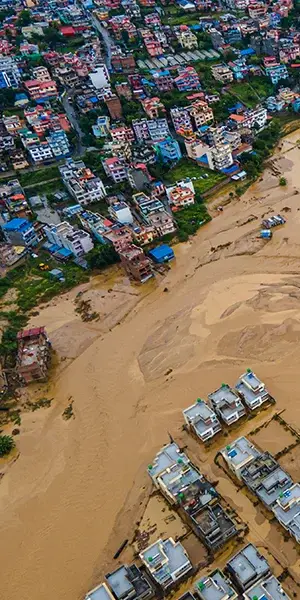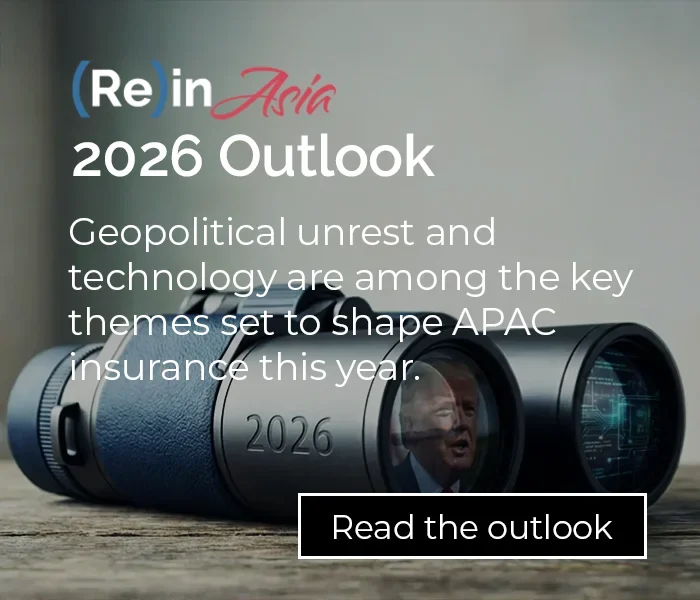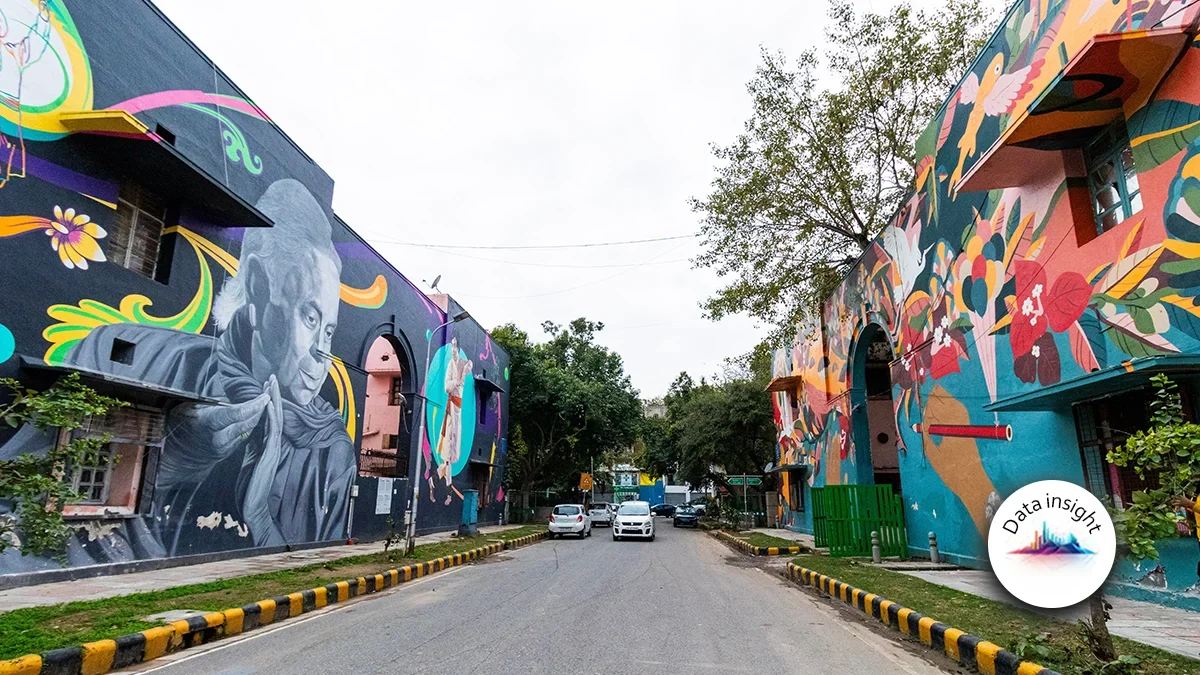(Re)in Summary
• Insurers face systemic changes requiring new products with dynamic coverage.
• Protection gaps exist in the APAC region, especially for natural catastrophes and cyber incidents, with traditional insurance often covering only a small portion of potential economic losses.
• New risks, such as those related to social media and reputation damage, are becoming more significant and require innovative insurance solutions and possibly changes to underwriting guidelines.
• Challenges in developing and distributing new insurance products include making them simple, affordable, and tailored to specific communities, while also addressing issues of volatility and scalability.
Insurers face –and have to address – a series of systemic changes that will force them to rethink entire facets of their business. These changes are broad, from climate change to technology, and will require new products with more dynamic forms of cover, said speakers at the Digital Insurance APAC 2024 conference in Hong Kong.
The need for new products covers virtually all customer segments, from individuals and households to corporates, all of which face growing risks from areas such as climate change and more severe nat cat events, to cyber risks exacerbated by social media and reputational concerns.
These emerging risks require new underwriting skills and are impacted by the growth and spread of evolving AI technologies.
“We have a lot of potential gaps in the world, that are particularly (visible) in the APAC region,” said Clarence Wong, Chief Economist at Peak Re, speaking on 27 June during a panel on “Bridging the Protection Gaps: Insuring the Uninsurables and Emerging Risks”.
Clarence Wong
Chief Economist at Peak ReOne such gap is related to nat cat protection with insurance in the region often covering just 10% of potential economic losses, which means people, households or corporations have to cover the other 90%.
Something similar happens with cyber cover, with little or no “cover against losses, public cyber incidents, like hacking, stabbing, or even cyberbullying.”
These gaps need “the urgent attention of the insurance industry,” said Wong.
The increasingly visible divergence in capacity gaps is a big issue in cyber lines, as the number, breadth and depth of risk events grows and incidents related to such risks as personal cyber bullying become more significant.
Cyber is one of multiple areas that insurers have to provide cover for that are also becoming more systemic and difficult to price. Another is risks related to climate change.
Addressing this challenge will require the industry to explore alternative distribution channels, particularly for digital insurance products that can reach underserved clients.
“Cyber risk is highly systemic. A malware or a kind of a malicious programme can affect computers all over the world. And there will be a huge accumulation,” Wong said.
“But again, with technology development, with better understanding of the risk, it is now becoming more and more accepted as one of those kind of risks that we can insure.”
Cyber evolution
The dimensions of what is actually included in cyber policies will continue to evolve.
There are many incidents that can really be connected with social media, said Sandy Cheung, Director, PCCW Risk Finance.
This translates into more significant risks, such as reputational risks, that have to be included and raises questions about cap rates on, for example, liability insurance to cover social damage. The challenges associated with reputation apply not just to corporates but also individuals, who may be affected by social media.
“On the reputational risk, I think this is one of the things [to think about] with a new type of insurance,” said Cheung.
AI adds yet another dimension to these issues and may require changes to underwriting guidelines that have been in place for decades, Cheung said.
Despite these very real risks, it can be hard to explain to buyers why more comprehensive cyber cover may be necessary.
Aman Pal Singh
Founder & CEO at B4E InsurtechOne issue that may be limiting sales of cyber cover is the complexity of products. Insurance buyers are “looking for products which are simple to understand and affordable,” said Aman Pal Singh, Founder & CEO, B4E Insurtech.
Under current distribution models it is difficult to make cyber products that are affordable and can be distributed with ease.
“Right now, the only other option left is to develop those products, dispense them digitally, create the awareness around it, create the visibility around those products,” Singh said.
“You will need regulation to support you on that. You will definitely need the government to give the subsidies that you need to have those products out there. And then gradually you will see that uptake happening.”
“We don’t want products to be designed once and should have a one-size-fits-all flavour. Products should be designed and built to cater to communities, to cities, to localities where… you’re able to get the right critical mass,” Singh said.
Never work alone
But many of the new insurtechs developing these new products cannot work alone.
“We can never work alone. So we need partners. We need support from reinsurers and we need support from providers who are licenced to transact insurance on the ground to then take those to market using our technology,” Singh said.
Another dimension is volatility, said Lynn Lin, Senior Vice President at Marsh. How can insurers provide cover for crypto assets when such assets are intrinsically volatile, she asked.
The price of a single bitcoin, for instance, has risen from about US$26,000 a year ago to over US$70,000 earlier this year. Such volatility adds a wrinkle to insurance providers.
Sometimes it takes time for products to scale up and for consumers to understand why they need them.
On example, said Wong, is micro insurance, which has been in the market for about two decades. It has taken that long to evolve to the point where it is not a drag on insurers’ balance sheets but is “a commercially viable proposition in a lot of the markets and regulators are beginning to put into place regulations to support it.”
Lynn Lin
Senior Vice President at MarshAnother area that is evolving is related to pandemic cover, which gained added urgency during the COVID-19 pandemic.
“I think there’s certainly going to be gaps in in pandemic related coverage,” said John Maroney, Chief Executive Officer at the Global Asia Insurance Partnership, noting that the issues is “still very fresh in underwriters minds.”
“We’ll see how that plays out.”
And climate change “will become more and more important in the decades ahead.” Maroney is not alone in this belief.
“As a result of climate change, I think some of the traditional risks that you could easily cover in the past are becoming more and more difficult for us to cover,” said Wong at Peak Re.
The most visible example is floods, which are happening more often as instability increases.
“As a result, the only way that we can deal with this is to increase the price to a level that we are confident or comfortable (with),” Wong said.
“So, as an industry, I think we need to think about how we’re going to do this and particularly where the technology can help us to better understand these emerging risks and how this is happening.”
The good news is that, according to Singh, data exists to deal with these challenges and as customer journeys become more comprehensive, more data is added to the pool.
“You have to start building up a separate vertical. You have to start building up data and you have to start building the capability which will then allow you to tap into that opportunity,” Singh said.
























